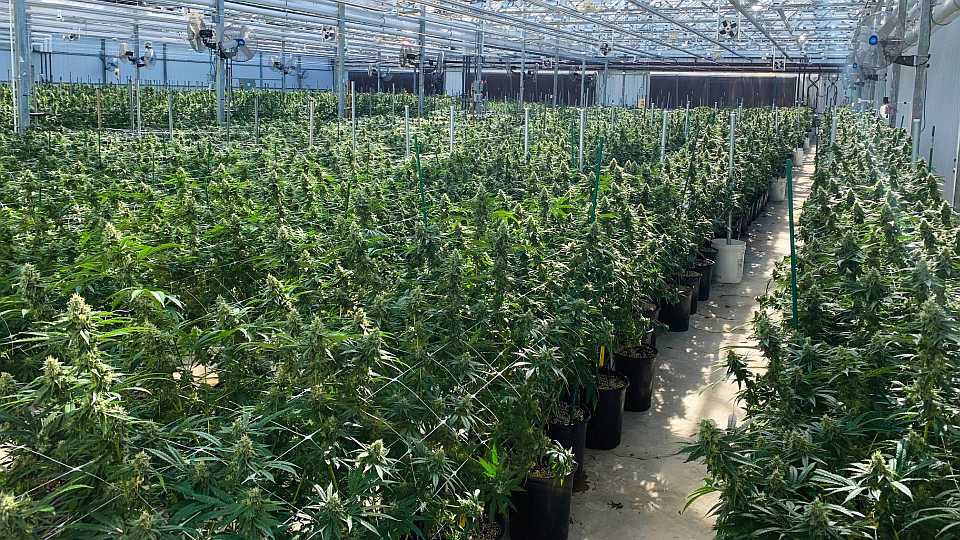How You Can Keep Regulators Abreast on Production Methods

Photo courtesy of ForwardGro
As cannabis legalization proliferates, more policymakers are being required to craft detailed environmental and resource regulatory policies surrounding cannabis business operations. In order to help decision-makers better understand these complex topics, Resource Innovation Institute (RII) has released its “Cannabis Energy & Environment Policy Primer For Federal, State and Local Policy Makers and Regulators” that provides detailed information and guidance on the operational matters related to energy and the environment.
“Energy, water, and waste can be significant factors and costs in cannabis operations,” says Derek Smith, Executive Director of RII, a non-profit organization that advances resource efficiency in the cannabis industry through the establishment of standards and best practices. “While many jurisdictions have greenhouse gas and other sustainability-focused policies, it can be a challenge for cannabis policymakers to understand these complex topics and ensure they align with other policies.”
The report was prepared with guidance from RII’s Policy Working Group, and it includes input from a broad range of industry stakeholders. The purpose of the Cannabis Energy & Environment Policy Primer is to support policymakers and governments as they consider how to engage in energy and environmental issues related to commercial cannabis cultivation.
Cannabis cultivation can have a range of impacts, from land use to air quality to light pollution and more. The Policy Primer provides an overview of existing state approaches and zeroes in on the topics most called out by governments to date: Energy, water, and waste.
- Energy: Energy is generally the third-largest cost for cannabis producers behind rent and labor and the highest controllable cost. Indoor cannabis cultivation uses significant amounts of energy and is one of the most energy-hungry processes used in buildings, rivaled by data centers. Energy use in cannabis is driven by the use of intense horticultural lighting, heating ventilation and air conditioning (HVAC), and dehumidification systems.
- Water: Plant irrigation is the primary driver of water use, and mitigation methods and water reuse can decrease water impacts. Understanding existing regulations around water uses like irrigation, water sources, and water discharge is essential when developing cannabis policy.
- Waste: Cannabis operations waste can come from plants, consumer packaging, and other sources. Policymakers may want to consider how plant waste can be processed through methods like composting to decrease impact on landfills. In addition, security measures must be considered to ensure plant materials are not diverted, and knowledge of the plant is necessary to distinguish between waste that does and does not require security.
In addition, information surrounding racial and social equity issues that impact energy and environmental concerns is included in the report. Compliance with existing or newly enacted energy and environmental regulations can place a financial, social, and resource burden on undercapitalized entrepreneurs. These concerns are important considerations when determining energy and environmental cannabis policies.
“Cannabis cultivation can result in a range of environmental impacts, from significant energy use to carbon and other greenhouse gas emissions, to water usage and waste diversion. Energy is generally the largest controllable cost for a cannabis producer,” Smith says. “This means that a more resource-efficient producer can have lower costs, making them more competitive, and more likely to support ongoing job creation and tax proceeds that can flow to local communities. It is our hope that this Policy Primer will help decision-makers as they design and implement cannabis policies.”
The “Cannabis Energy & Environment Policy Primer For Federal, State and Local Policy Makers and Regulators” is available in RII website’s Resources section.









